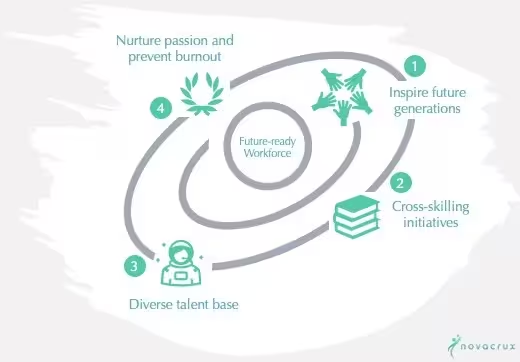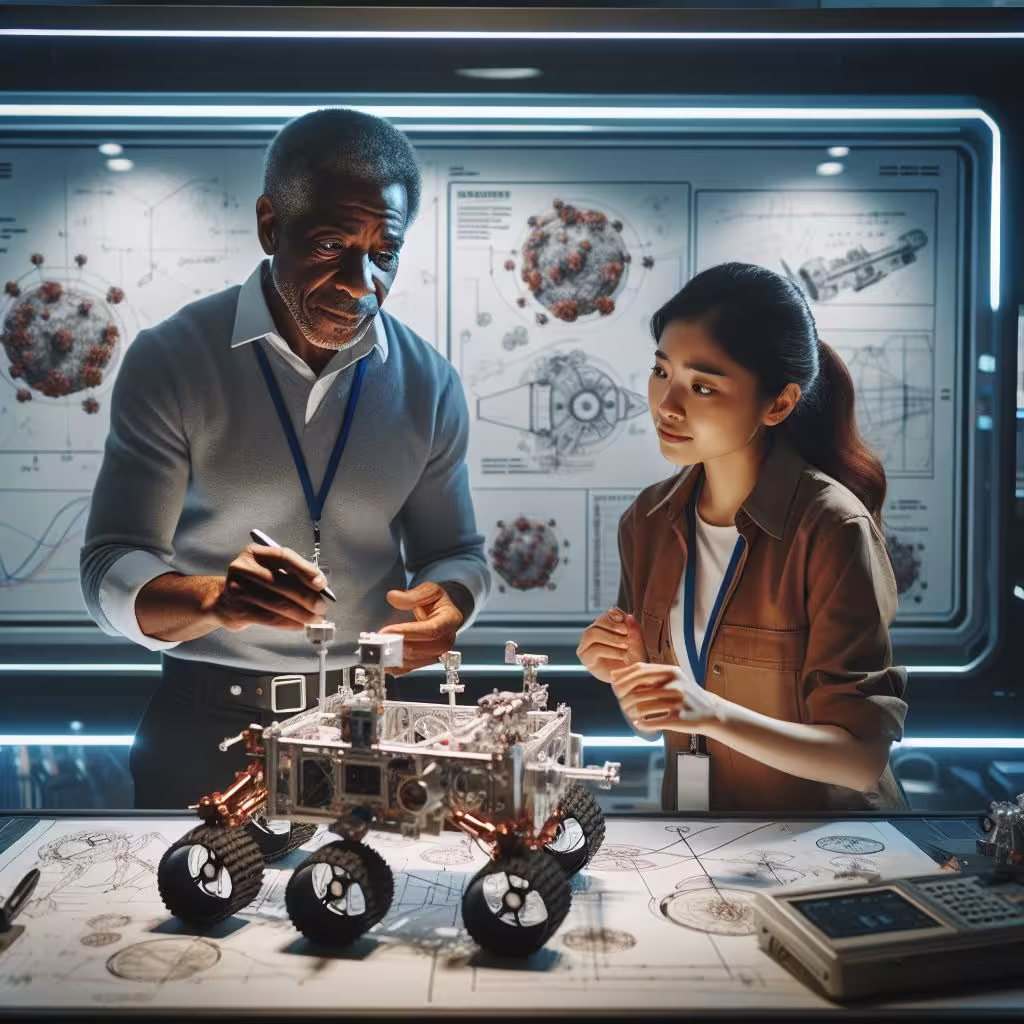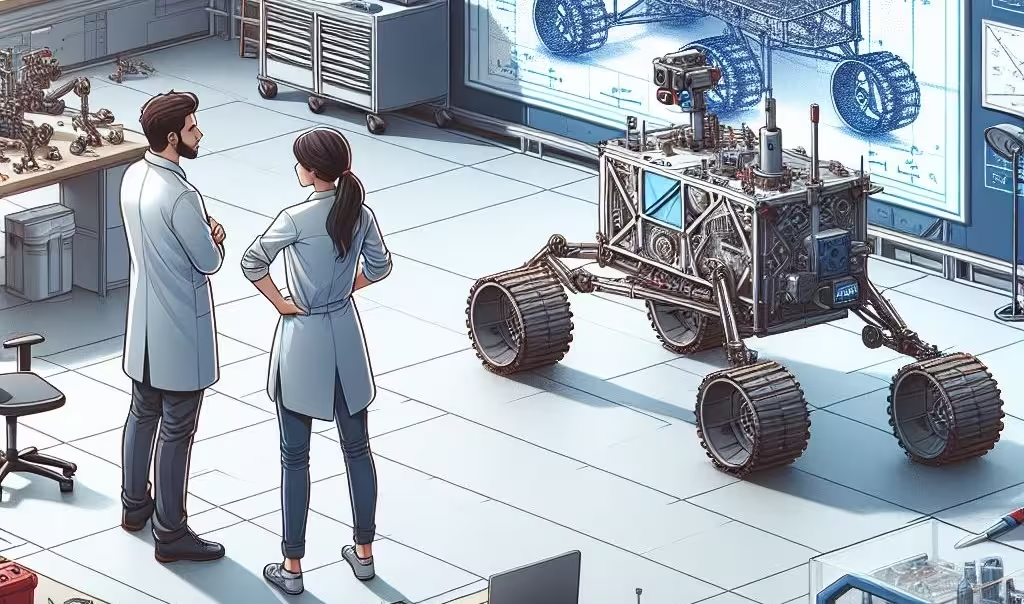Polaris Dawn’s recent milestone of completing the first commercial spacewalk underscores humanity’s continued pursuit of pushing the boundaries of space exploration. Behind every mission lies a team of extraordinary professionals – space scientists, avionics engineers, robotics experts, physicists and many others – driven by a shared passion for exploration and innovation. As we seek to send humans back to the Moon and, eventually, Mars, the ability to build and sustain a future-ready workforce will be pivotal to the space industry’s continued expansion.
In this article, we will explore how space organisations can navigate workforce challenges by crafting forward-thinking people strategies that attract, engage, and inspire the brightest minds.
The Expanding Space Economy: New Talent Needs
The next decade is poised to mark a critical inflection point for the space sector workforce. Unprecedented growth, fuelled by private space exploration, advancements in satellite technology, and the increasing role of space in global communications and defence, is redefining the industry. According to a recent World Economic Forum (WEF) report, the global space economy will be worth USD 1.8 trillion by 2035, up from USD 630 billion in 2023, growing at an average annual rate of 9%. This rapid growth demands not only cutting-edge technological innovation, but also a rethinking of workforce strategies to meet emerging needs.
In Australia, space-related activities are gaining momentum. An Ibis report forecasts the revenue for the satellite communications and astronautics industry to grow by 2.5%, reaching AUD 8.0 billion by the close of 2024-2025. Start-ups and established firms alike are leveraging Australia’s geographic advantages to drive innovation, conduct research and development, build ground infrastructures, and partner with global space operators. Gilmour Space’s recent approval to launch the first orbital test flight using an Australian-made rocket from the Bowen Orbital Spaceport in Queensland exemplifies Australia’s increasing presence in the global space economy.
The talent demands of Australia’s space industry are as dynamic as the sector itself. Whilst engineers and scientists remain essential, the need for professionals skilled in artificial intelligence (AI), data analytics, cybersecurity, and advanced robotics is growing exponentially. A recent study by SmartSat CRC highlights critical current and future skills shortages, emphasising the challenge of meeting the industry’s escalating talent demands.
Strategies for Future-Ready Workforce
As the space sector evolves, Australian organisations must rethink their people and reward strategies to harness the unprecedented opportunities and tackle the challenges ahead. Here are four strategic approaches to workforce transformation.

1. Inspire Future Generations
The space sector offers a wealth of inspiring stories – from ground-breaking missions to pioneering individuals – that can energise talent across generations. Celebrating achievements like Katherine Bennell-Pegg becoming Australia’s first qualified astronaut or the Australian-made lunar rover, Roo-ver, joining NASA’s Artemis mission ignites imagination and inspires individuals to dream big.
Educational outreach and storytelling play a pivotal role in attracting and inspiring the next generation of space professionals. By engaging with schools, universities, and communities, organisations can showcase the diverse career pathways available in the space industry, making it an accessible and exciting prospect for young minds.
2. Promote Cross-skilling Initiatives
Cross-functional collaboration and skill-sharing are critical in fostering innovation. Space projects increasingly require interdisciplinary expertise, combining fields such as astronomy, biology, materials science, engineering, and computer science. Cross-pollination of skills enriches talent pools and sparks creative problem-solving. For example, a robotics engineer translating the high-precision requirements from astrophysicist enhancing autonomous robotics designs.
Collaboration with adjacent industries (e.g., mining and communications), academic institutions, and international partners can further enhance workforce capability. Establishing cross-skilling programs or secondment opportunities with industry peers could create a more agile and adaptable talent ecosystem, ready to meet evolving demands.


3. Build a Diverse Talent Base
Creating a more representative talent pool is crucial for driving innovation and achieving long-term success. Diverse teams bring varied perspectives that enhance problem-solving and enable creative solutions to complex challenges. For the space industry, this means actively broadening recruitment pipelines to include underrepresented groups and embedding inclusive practices in hiring, mentoring, and career development processes.
Equally important is cultivating an inclusive workplace where individuals feel valued, respected, and empowered to contribute their best. Organisations that prioritise inclusion are better positioned to attract new talent and retain high performers, ensuring long-term success and competitiveness.
4. Nurture Individual Passion and Prevent Burnout
Organisations must prioritise employee well-being to sustain motivation, performance, and long-term engagement. Whilst the space industry thrives on the passion and dedication of its workforce, the demands of long-hours and high-pressure environments can lead to burnout if not managed effectively. Measures such as encouraging regular time off, monitoring workloads, supporting creative pursuits, and providing access to mental health resources provide safeguards and maintain a resilient and engaged workforce.
Recognising and rewarding individual passion, as well as contributions to advancing scientific knowledge, can further enhance motivation and retention. For example, publicly celebrating achievements – such as breakthroughs in technological innovations or leadership in public engagement efforts like space education programs – demonstrates that the organisation values both tangible results and broader contributions to the industry.
A Call to Action for the Future of Australia’s Space Workforce
The Australian space industry is at a crossroads, with unprecedented opportunities and challenges ahead. Building a future-ready workforce will require bold strategies that inspire multigenerational talent, embrace diversity, prioritise cross-skilling, and nurture individual passion. Organisations that adopt a proactive and strategic approach to workforce development will be best positioned to attract, engage, and retain the talent needed to explore the final frontier.
Is your organisation ready to meet the workforce demands of tomorrow? Connect with us to explore how aligning your people and reward strategies can position your organisation at the forefront of a rapidly evolving industry.


Frederick Guanzon collaborates with Australian space organisations to navigate the complexities of workforce planning, reward and recognition, performance management, and organisational transformation. Drawing on two decades of consulting and industry expertise, Frederick leverages evidence-based research and deep technical knowledge to deliver actionable insights into the future of work.

